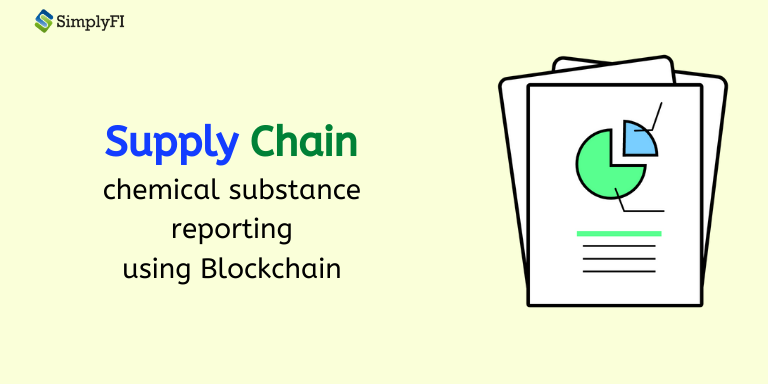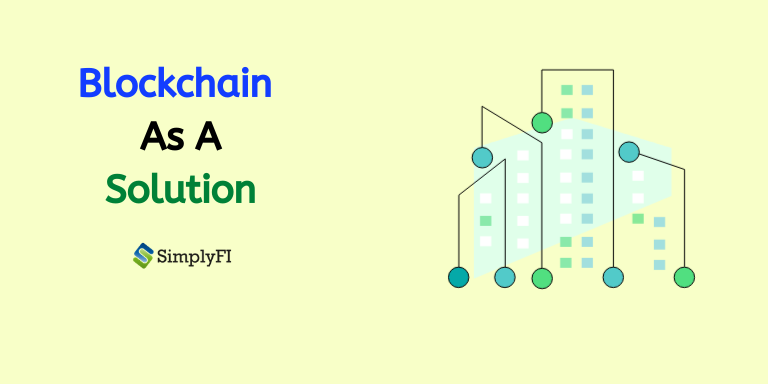Ashutosh Kumar May 13, 2020 0
Supply Chain Chemical Substance Reporting Using Blockchain
Innovation in the chemical industry has become more important than ever before because of the new competitors and technologies that are entering the market and product cycle. With the utilization of new technologies, times are continuously reduced driving to faster commoditization of products and services. By using blockchain technology, a chemical company can improve its ability to innovate and create interesting solutions for its customers. A blockchain facilitates close collaboration in an open or closed community by sharing information safely with all involved stakeholders in real-time, following the rules set by this party without the need for being validated or authorized by third parties. As everybody works from the same data and information, costly redundant is avoided that increases overall return on innovation and reduces time to market.

Implementing chemical substance reporting
The importance of obtaining supply chain chemical substance reporting cannot be expressed without the availability of accurate supply chain data, concise internal product details, and the process of identifying chemical substances that were used or appeared on the finished part, or used in the process of manufacture, or used in maintenance and repair of parts.
The process of collating supply chain chemical substance reporting is a lengthy process as data needs to be requested, collected, checked, verified, and finally rolled up to evaluate potential business continuity risks, as well as varying levels of reporting activity taking place back to employees, consumers, and chemical regulators.
Difficulties in SCCSR
Different chemical regulations exist globally, wherever a product is manufactured, distributed, purchased, or even disposed of / recycled. This results in the industry needing to adhere to those applicable regional chemical regulations. A declarable chemical substance list will define the substances a supply chain is required to state compliance against, a material declaration template is used to collate the required information. Requesting the information is a very manually intensive process involving a lot of manual effort to transmit, receipt, and verify data. The level of resources needed increases depending on product complexity, supply chain size, and locations.
Blockchain as a solution

Blockchains provide the potential to automate the requesting process, basic validation checks taking place, ahead of any possible manual data checking, allowing data to be ingested expediently into higher-level internal systems.
Requirements of SCCSR blockchain
The SCCSR blockchain requires:
-
requirements to be defined;
-
deliverables to be known;
-
basic contractual terms agreed;
-
smart-contract established defining contractual agreement between two parties;
-
smart-contract conversion into code;
-
smart-contract managed via a private blockchain and shared ledger between the buyer and supplier;
-
blockchain processes tasks based on events, transactions, information flows, execution, change in state, through to settlement.
The SCCSR blockchain is intended to conceptualize a multi-tier supply chain model for chemical substance reporting, that allows for data to be more robustly controlled, allowing the agreement to reporting needs, possibly further additional sub-smart contracts to manage specific reporting.

